
Yhdistetty suunnittelu: Vinkkejä ja strategioita
Johdanto: Strateginen tuotannonsuunnittelu on olennaista yrityksille, jotka pyrkivät vastaamaan kysyntään tehokkaasti samalla, kun maksimoivat voitot. Liian vähäinen tuotanto johtaa menetettyyn...
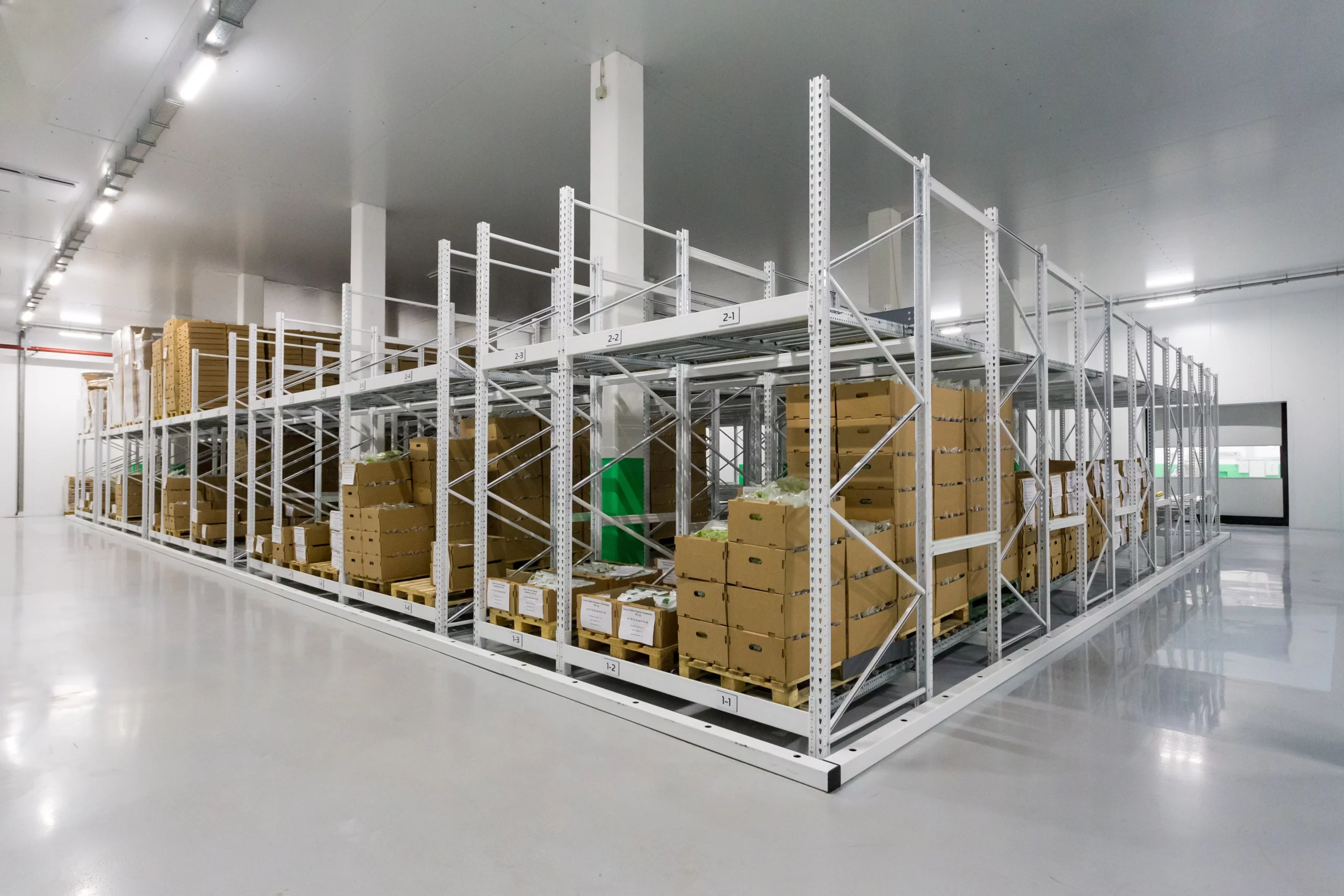
Saa 20€ alennusta ensitilauksesta!
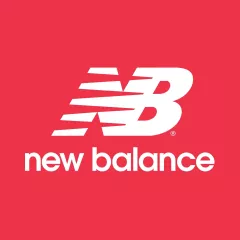
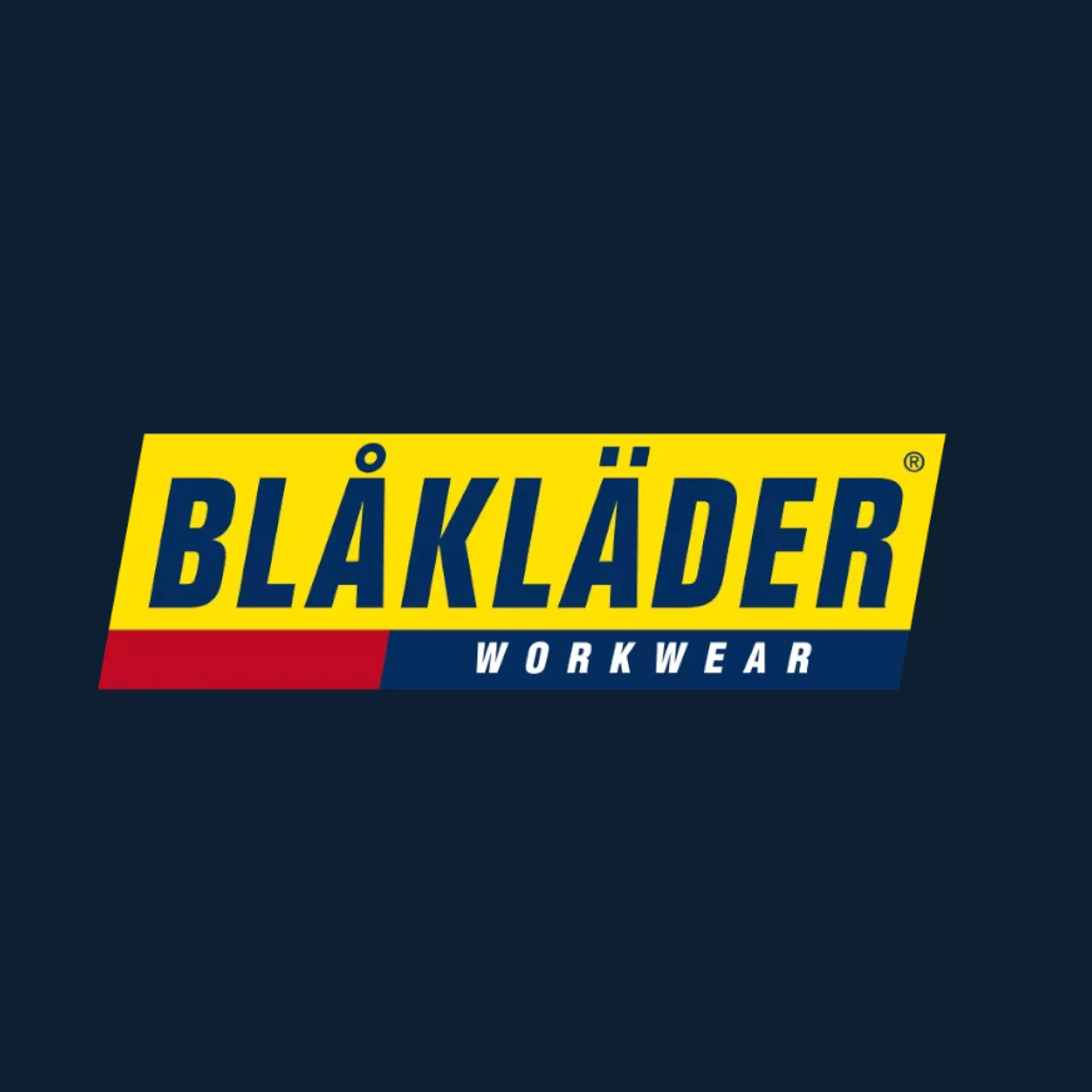
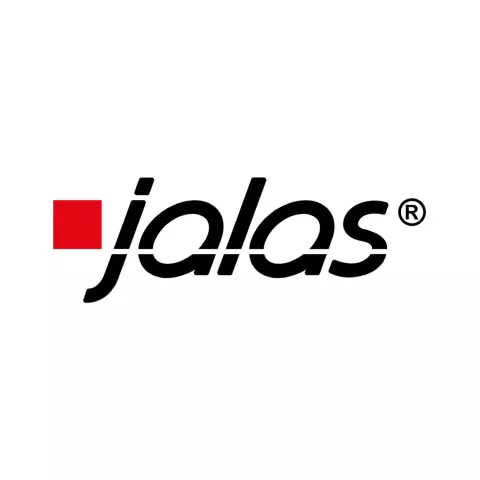
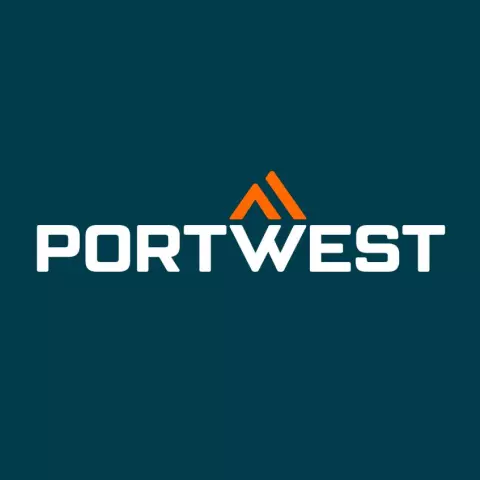

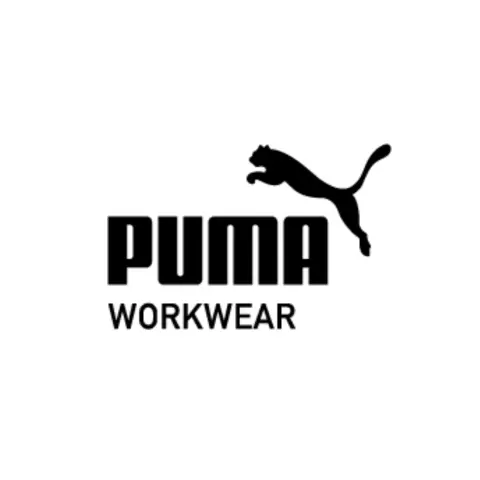

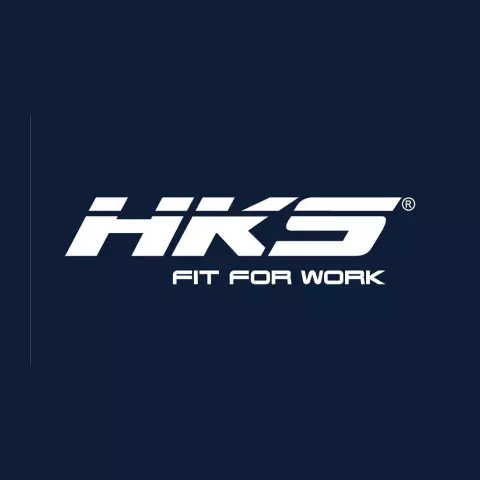


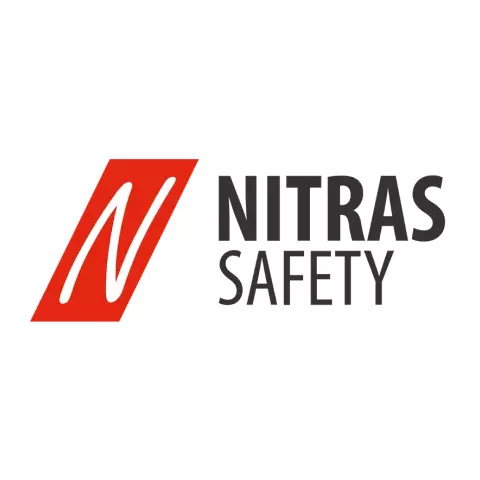

















Hyvin toteutetun kokonaiskustannusarvioinnin avulla hankinta-alan ammattilaiset voivat paitsi hallita kustannuksia tehokkaasti myös parantaa yleistä toiminnallista suorituskykyään.
Kokonaiskustannukset (Total Cost of Ownership, TCO) tarkoittaa kokonaisvaltaisen arvioinnin tekemistä kaikista niistä kustannuksista, jotka liittyvät tietyn hyödykkeen tai tuotteen omistamiseen ja käyttöön sen elinkaaren aikana. Tähän sisältyvät alkuperäisten hankintakustannusten lisäksi myös jatkuvat menot, kuten huolto, tuki ja koulutus, sekä mahdolliset riskit. Näiden kustannusten perusteellinen tunnistaminen ja arviointi antaa yrityksille mahdollisuuden tehdä perusteltuja päätöksiä, joilla voidaan vähentää menoja ja parantaa toiminnan tehokkuutta.
Jos haluat lukea lisää siitä, kuinka hallita kokonaiskustannuksia hankintastrategiassasi, voit tutustua tähän artikkeliin: TCO:n hallitseminen: Tarpeellinen opas hankinta-alan ammattilaisille.
Tässä käytännönläheisessä oppaassa käymme läpi kokonaiskustannusten laskentaprosessin vaihe vaiheelta.
Prosessissa on seuraavat kuusi vaihetta:

Ennen kuin ryhdyt tekemään kokonaiskustannuslaskelmaa, sinun on määriteltävä analyysin laajuus ja tavoitteet.
Määritä, mitä hyödykettä tai tuotetta haluat arvioida, ja määrittele TCO-arvioinnin tarkoitus. Onko tarkoituksena verrata eri toimittajia vai arvioida sisäisen ratkaisun kannattavuutta? Kokonaiskustannuslaskelman tavoitteen määrittely auttaa sinua keskittymään ja keräämään tarvittavat tiedot tarkkaa TCO-arviointia varten.
TCO:n laskemiseksi on tärkeää tunnistaa ja luokitella kaikki kustannukset, jotka liittyvät tarkasteltavaan omaisuuteen tai tuotteeseen.
Joitakin yleisiä kustannusluokkia ovat esimerkiksi:
Kun olet tunnistanut kustannusluokat, kerää tarvittavat tiedot, jotta kustannukset voidaan määrittää tarkasti.
Tämä voi edellyttää talousasiakirjojen, toimittajasopimusten, huoltokirjojen ja muiden asiaankuuluvien dokumenttien tutkimista. Varmista, että keräät sekä välittömät kustannukset (jotka ovat helposti mitattavissa) että välilliset kustannukset jotta saat kattavan kuvan TCO:sta. Välillisiä kustannuksia voi olla haastavaa mitata, mutta ne ovat yhtä tärkeitä.
Välittömillä ja välillisillä kustannuksilla tarkoitetaan:
Koska kustannukset eivät ole vain kertaluonteisia tapahtumia, vaan ne jakautuvat tuotteen tai palvelun elinkaaren ajalle, on tärkeää laskea näiden tulevien kustannusten nykyarvo. Näin saadaan selkeämpi kuva niiden todellisesta vaikutuksesta nykyiseen taloudelliseen tilanteeseen.
Tulevien kustannusten nykyarvo ottaa huomioon tulevaisuudessa käytettävän rahan nykyarvon. Tässä prosessissa, jota kutsutaan diskonttaamiseksi, otetaan huomioon inflaatio ja rahan aika-arvo – käsite, jonka mukaan tämänhetkinen euro on arvokkaampi kuin tuleva euro sen ansaintamahdollisuuksien vuoksi.
Hankintojen kokonaiskustannusten laskeminen tapahtuu yleensä seuraavan yksinkertaisen kaavan avulla:
I + M – R = TCO
Vaikka se saattaa aluksi kuulostaa hieman monimutkaiselta, saatavilla on runsaasti taloudellisia malleja ja TCO-laskureita, jotka yksinkertaistavat tätä prosessia, tekevät siitä helppoa myös aloittelijoille ja varmistavat laskelmien tarkkuuden.
Kun olet määrittänyt ja diskontannut kaikki olennaiset kustannukset, on aika analysoida tiedot ja tehdä johtopäätökset.
Ota analyysin aikana huomioon seuraavat tekijät:
Kun sinulla on perusteellinen käsitys kokonaiskustannuslaskelman tekemiseen tarvittavista tiedoista ja -analyyseistä, pystyt tekemään perusteltuja päätöksiä ja toteuttaa tehokkaita kustannustenhallintastrategioita.
Kannattaa ottaa huomioon seuraavia näkökohtia:

Ymmärtämällä ja hyödyntämällä kokonaiskustannuslaskelmaa, yritykset voivat tehdä perusteltuja päätöksiä, joilla hallita kustannuksia ja tehostaa toimintaa.
TCO:n laskemiseen kuuluu laajuuden määrittely, kustannusluokkien tunnistaminen, kustannusten kvantifiointi, tulevien kustannusten diskonttaaminen, tietojen analysointi ja kustannustenhallintastrategioiden toteuttaminen.
Kattavan kokonaiskustannuslaskelman avulla yritykset voivat optimoida hankintapäätöksiä, neuvotella parempia sopimuksia ja säästää pitkän aikavälin kustannuksissa.
Kokonaiskustannuslaskelman avulla voit myös saada kilpailuetua ja enemmän arvoa hankintaprosessillesi.
Muista, että kokonaiskustannukset ei ole kertaluonteinen laskelma, vaan jatkuva prosessi, joka vaatii säännöllistä uudelleenarviointia. Tarkastele ja päivitä TCO-analyysi säännöllisesti, jotta voit mukautua muuttuviin markkinaolosuhteisiin, teknologioihin ja liiketoiminnan tarpeisiin. Priorisoimalla kokonaiskustannuslaskelman olennaiseksi osaksi kustannusanalyysia ja valvontastrategiaa, voit parantaa organisaatiosi taloudellista suorituskykyä ja tehostaa kestävää kasvua.
Kiitos! Opas aukesi uuteen välilehteen.



















Johdanto: Strateginen tuotannonsuunnittelu on olennaista yrityksille, jotka pyrkivät vastaamaan kysyntään tehokkaasti samalla, kun maksimoivat voitot. Liian vähäinen tuotanto johtaa menetettyyn...

Talous- ja hankintajohtajat etsivät aina tapoja vähentää yrityksen kustannuksia. Kun keskityt kustannusten välttämiseen ja säästöihin, vähemmän kovalla työllä ansaittua rahaa...

Procurement cost reduction solutions optimise an organization’s financial resources, enabling it to produce high-quality products and services and increase profit...

Johdanto: Strateginen tuotannonsuunnittelu on olennaista yrityksille, jotka pyrkivät vastaamaan kysyntään tehokkaasti samalla, kun maksimoivat voitot. Liian vähäinen tuotanto johtaa menetettyyn...

Talous- ja hankintajohtajat etsivät aina tapoja vähentää yrityksen kustannuksia. Kun keskityt kustannusten välttämiseen ja säästöihin, vähemmän kovalla työllä ansaittua rahaa...

Procurement cost reduction solutions optimise an organization’s financial resources, enabling it to produce high-quality products and services and increase profit...
Saat 20 € alennusta ensimmäisestä tilauksestasi!
Säästä 30 % ostamalla suoraan brändeiltä ja saat lisäksi 10 € alennusta yli 100 € tilauksista
Sparen Sie 30 %, indem Sie direkt von Marken kaufen, und erhalten Sie zusätzlich 10 € Rabatt auf Bestellungen über 100 €